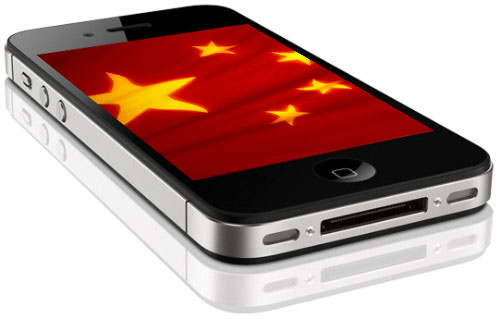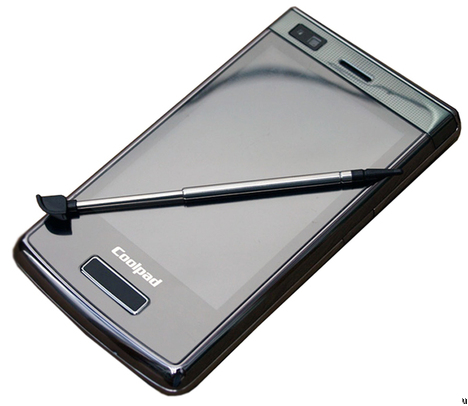More than ever before, Apple’s iPhone faces relentless competition, namely in markets where Android cheapos are all the rage. China, home to 1.33 billion people, is Apple’s fastest-growing market, amounting to an ever-growing portion of its fortunes. But Apple’s China problem is two-fold. First, the company’s retail presence in such hugely important market leaves a lot to be desired, even with new flagship stores such as the recently introduced massive Beijing outlet. And second, China’s buyers have always been price-sensitive. Outside the elite, folks are picking up inexpensive phones in droves, with local Chinese vendors happily providing low-cost handsets…
According to research firm Canalys (via IDG News Service), Samsung, unsurprisingly, leads the pack with 14 percent market share. Local brand Lenovo came in second with 13 percent market share.
What’s really peculiar, though, is that Yulong Computer Telecommunication Scientific was #3. This local brand largely unknown outside China makes phones marketed under the Coolpad moniker. The devices are often priced below $100 and as such obviously very popular among Chinese buyers.
Food for thought: according to NPD, the market for low-cost phones will double by 2016.
“They are doing especially well from their partnerships with China Telecom and China Mobile this quarter”, said Canalyis analyst Nicole Peng.
The two carriers together have an astounding 850 million mobile customers. Apple sells the iPhone through China Telecom, but has yet to partner with China Mobile, the world’s largest telco.
This is actually the first time Yulong broke into Canalys’ list of top five smartphone vendors in China, pushing Apple as a result. The remaining fourth and fifth place occupy well-known Chinese brands ZTE and Huawei, respectively. Yulong, ZTE and Huawei each command about a ten percent market share.
Yulong’s Coolpad N900 is the iPhone’s killer in China.
Apple ranked sixth with an eight percent market share, a one-point drop from the previous quarter.
I brief glance at the rankings reveals the reason local makers pushed Apple out of the top five rankings: all these companies make inexpensive devices and obviously their products are far more appealing to cash-strapped Chinese buyers than Apple’s pricey smartphone.
Peng said as much:
The Chinese vendors are selling their devices at a very low price that can attract first-time smartphone users. Apple’s iPhone is still very expensive and it kind of limits their expansion in the country, when the target audience of where the growth is coming from is at the low-end.
Of course, none of the above is saying that the iPhone is failing in China. The iPhone 5 hasn’t launched there yet (it’s coming soon) and the company’s shipments in the country are growing steadily.
Still, Apple’s prices don’t resonate well with the vast majority of consumers in countries like China, India, Brazil and Russia (collectively known as BRIC). The iPhone being a high-end play continues to limit the iPhone’s prospect in these low-cost markets where inexpensive sub-$100 prepaid handsets rule the landscape.
I really think Apple would be better served with a really affordable iPhone stripped off advanced features, sold contract-free at affordable price points. The high-end market won’t last forever. It’s gonna become saturated at some point and a more flexible iPhone pricing umbrella will be much needed.
Thoughts?

